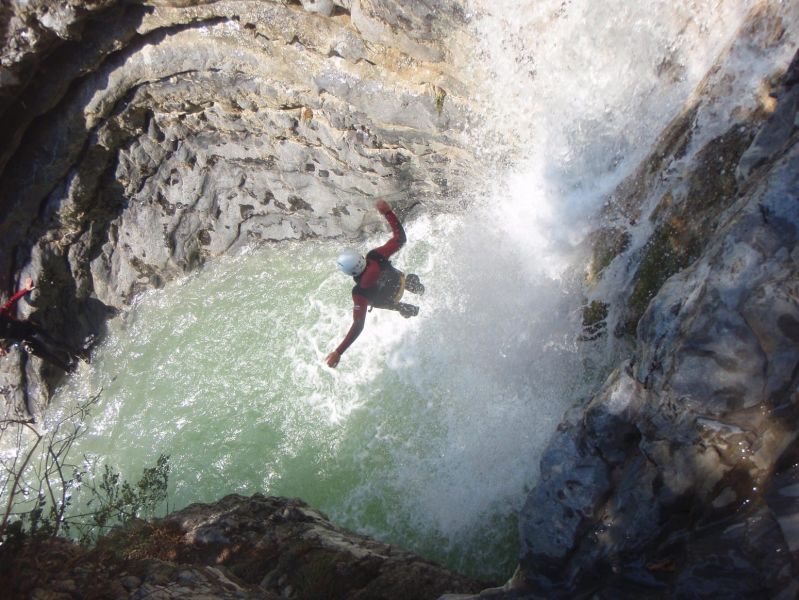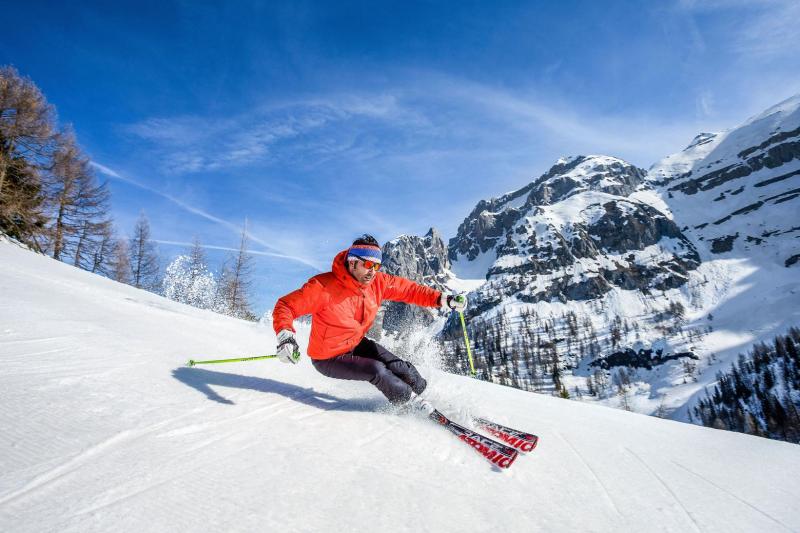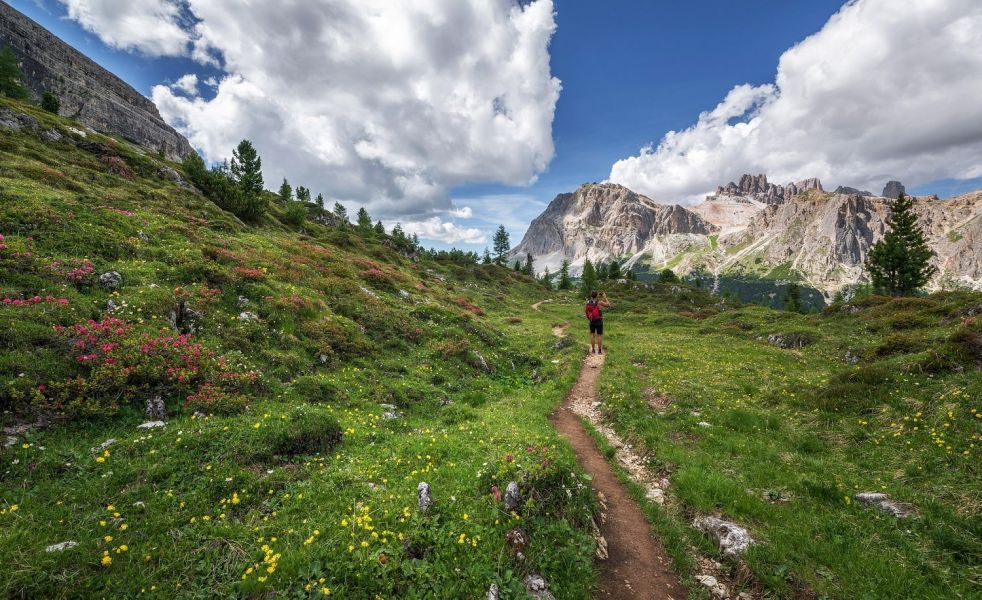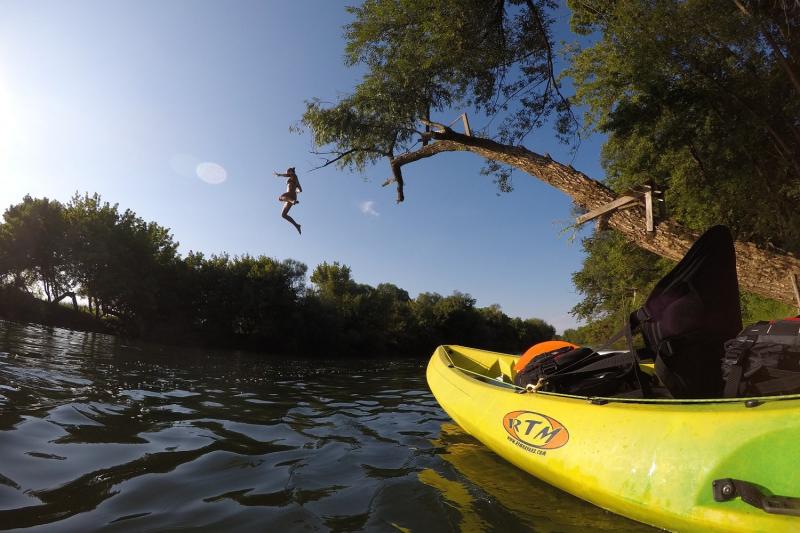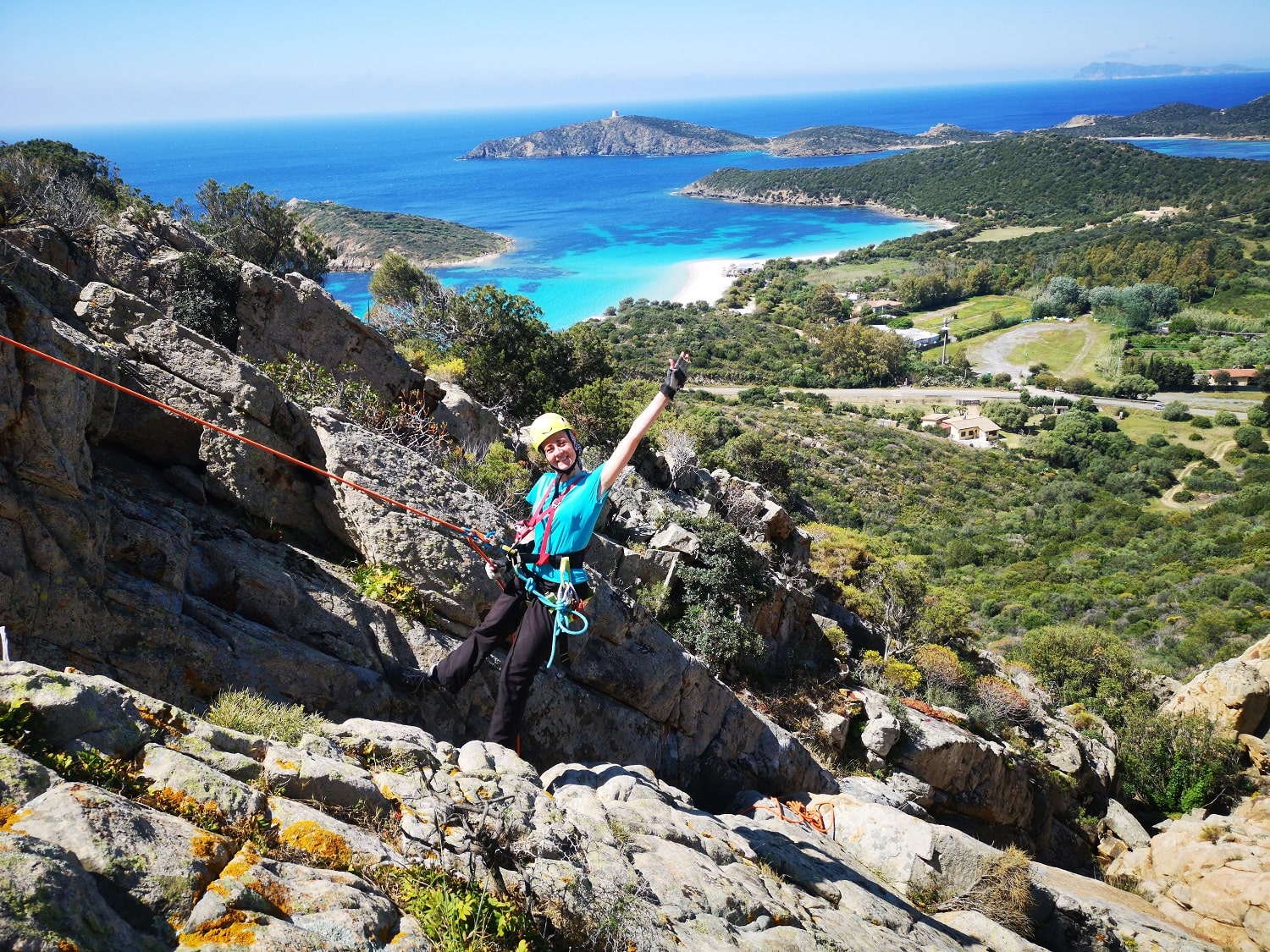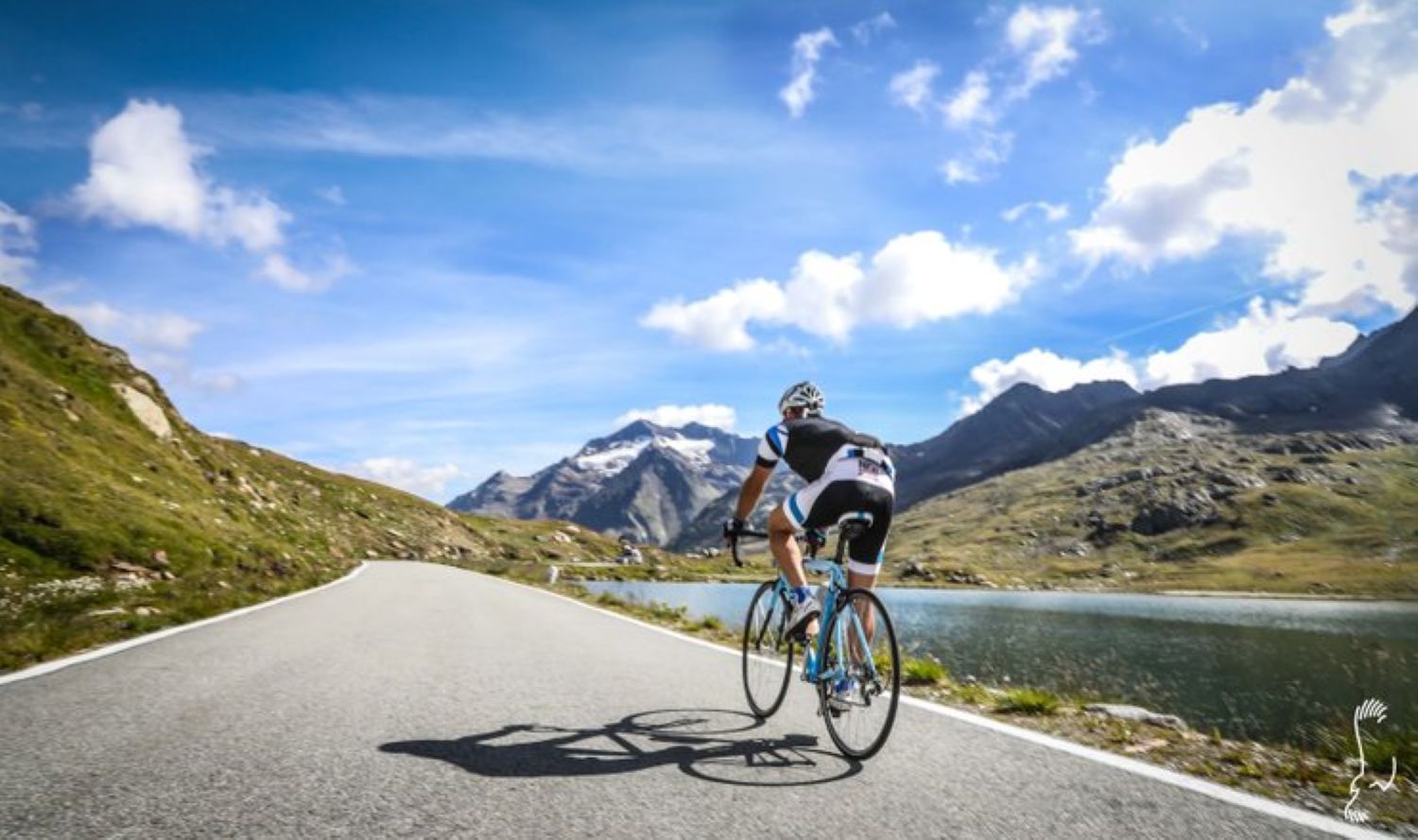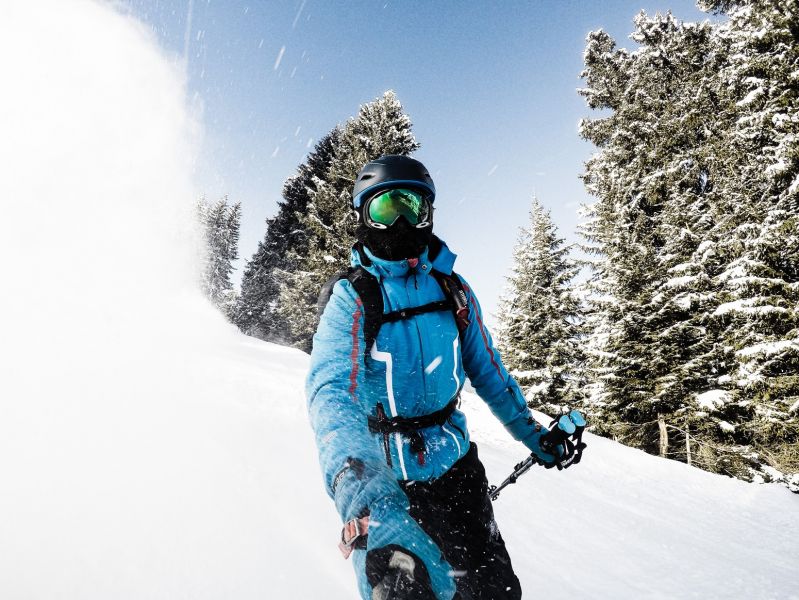Picture yourself standing on a rocky precipice in a river gorge. Ten metres below you is a deep plunge pool full of crystal-clear freshwater. Do you decide to abseil down or do you gather your courage and jump? Either way there is no turning back.
As adventure travel continues to grow in popularity, so do activities like canyoning, where you get to discover parts of the wilderness that you would never normally see. Read on to find out why you should try it.
What is canyoning?
Also known as gorge walking in the UK and canyoneering in the US, it involves making your way along a river canyon using a variety of techniques like scrambling, climbing, jumping, via ferrata, abseiling and swimming.
On the average excursion after you have changed into your canyoning gear you will be given a briefing by your guide on safety and what to expect. After this there is usually a fair amount of walking (30 mins to 1 hour) to get to the start point from where you follow the river downstream. Over the course of around 3-4 hours, you will be abseiling past waterfalls, hurling yourself off rocky ledges into deep pools and slipping and sliding along smooth sections of shallow riverbed, until you reach the exit point tired but exhilarated.
It looks scary!
While it may seem like an extreme sport (and often is), there are canyoning routes for all levels of ability. You just need to have a good head for heights and stamina. You should also be able to swim, though for most beginner routes you don’t need to be a strong swimmer.
As the activity has become increasingly popular over the last 10-20 years, there are more and more easy routes that require no previous experience, suitable for beginners and even children from around the age of 10. These will usually still involve some jumping and abseiling, but are mainly walking/wading and sliding.
The more advanced routes are far more technically and physically demanding and require previous experience.
What equipment do I need?
When on an excursion equipment is provided by your guide(s), so don’t worry! You might need to provide them with your height and weight a day or so before your excursion so they can prepare the right equipment for you.
All you need to bring is:
- A swimming costume and maybe a synthetic t-shirt to go under your wetsuit
- An old pair of trainers with a grippy sole that you don’t mind getting wet – more on this below
- A towel and change of clothing (and shoes if using your own)
- Any essential medicine you may need (like an asthma inhaler). You can give it to your guide to look after, they will have a backpack with essential supplies like a first aid kit.
Tips:
- Apply waterproof sunscreen if you burn easily as you will be outdoors for a few hours.
- If you have long hair tie it back.
- If you wear glasses it is advisable to wear contact lenses as long as you are used to wearing them in the water. If you can’t use contacts then take your glasses, your guide can either hold them for you when you jump or show you how to hold them. Your helmet should help to hold them in place though. You won’t need sunglasses.
Equipment provided:
Wetsuit: As you will be spending lots of time either in the water or waiting next to it a wetsuit is essential to keep you warm. It also protects you from any scrapes from the rocks and vegetation and aids buoyancy.
Helmet: Canyoning involves activities like climbing or abseiling so you will need to wear one.
Harness: You will need this for any abseiling or via ferrata sections. Your guide will check it to make sure it is secure and fits properly.
Canyoning shoes: As mentioned above a pair of sturdy trainers will do – though they will be soaked through by the end. Some trip organisers also offer canyoning shoes as part of the equipment, or rent them out at a small fee. These are ankle length boots with a rubber sole to grip wet rock. If they are available then it is a good idea to use them rather than risk damaging your own shoes.
Is canyoning safe?
As with any adventure activity there are risks involved. NEVER attempt this on your own. Research the company you will be going with and check that their guides are qualified and experienced.
Be aware that once you start the route you cannot turn back and there are rarely exits until the end. If you have a fear of heights or any medical condition that might cause a problem then this activity is probably not for you.
Gulp…anything else I should know??
Only that this is an unbelievably fun way to spend an afternoon and a great way of seeing some fantastic scenery that you wouldn’t get to see otherwise. You will feel a real sense of accomplishment once you finish your first canyoning route.
This activity is great for groups, be they stag/hen parties or corporate breaks, as it is a great bonding experience. Families with older children will love it.
Where can I try canyoning?
This is an increasingly popular activity around the world, and there are lots of places around the UK and Europe where you can try it. It is most common in the mountains, though destinations like Lake Garda in Italy and Omis on the Croatian coast also offer some spectacular gorges.
Check out our multi-activity holidays in Europe to try canyoning along with other adrenaline-filled activities like white water rafting, ziplining and more.
Are you keen to give it a go? Let us know in the comments!

